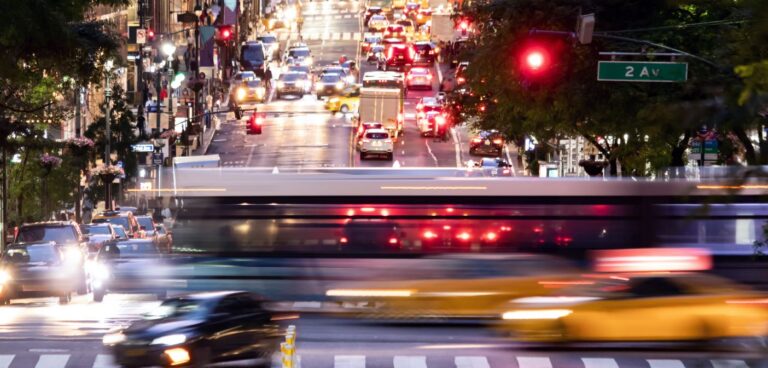The US Federal Highway Administration (FHWA) has said that an environmental assessment (EA) is the appropriate next step for the New York City’s congestion pricing project, which would manage Midtown traffic congestion using tolls.
The FHWA green-lit the EA in a letter sent today to New York State Department of Transportation (NYSDOT), the Metropolitan Transportation Authority (MTA) and the New York City Department of Transportation (NYCDOT).
FHWA officials had previously explained that New York must become part of FHWA’s Value Pricing Pilot Program (VPPP) to be able to implement congestion pricing.
As entering the VPPP triggers a review under the USA’s National Environmental Policy Act (NEPA), New York officials had reached out to FHWA requesting feedback on the appropriate level of review under NEPA.
“The FHWA looks forward to assisting New York so we can arrive at a prompt and informed NEPA determination on this important and precedent-setting project,” said acting federal highway administrator Stephanie Pollack.
“This approach will ensure that the public participates as local and state leaders explore new possibilities for reducing congestion, improving air quality and investing in transit to increase ridership.”
Under the proposal, local authorities would charge a once-daily variable toll for vehicles entering or remaining within New York’s central business district (CBD), a cordoned area stretching from 60th Street in Midtown to Battery Park.
The stated goals of the scheme include reducing congestion, improving air quality, creating a sustainable capital funding source for transit, increasing transit ridership and improving transit services for low-income residents.
According to the FHWA, the plan would generate US$15bn (£11bn) over four years for the MTA for needed improvements in the existing transit system. If implemented, the proposal would become the USA’s first cordon congestion pricing toll zone of this scale.
Through the public participation process planned, Pollack said the EA will analyse traffic volumes and air quality impacts of the proposed tolling programme.
The EA process will be designed to ensure involvement of stakeholders from throughout New York, New Jersey and Connecticut – the commuting area of the CBD.





